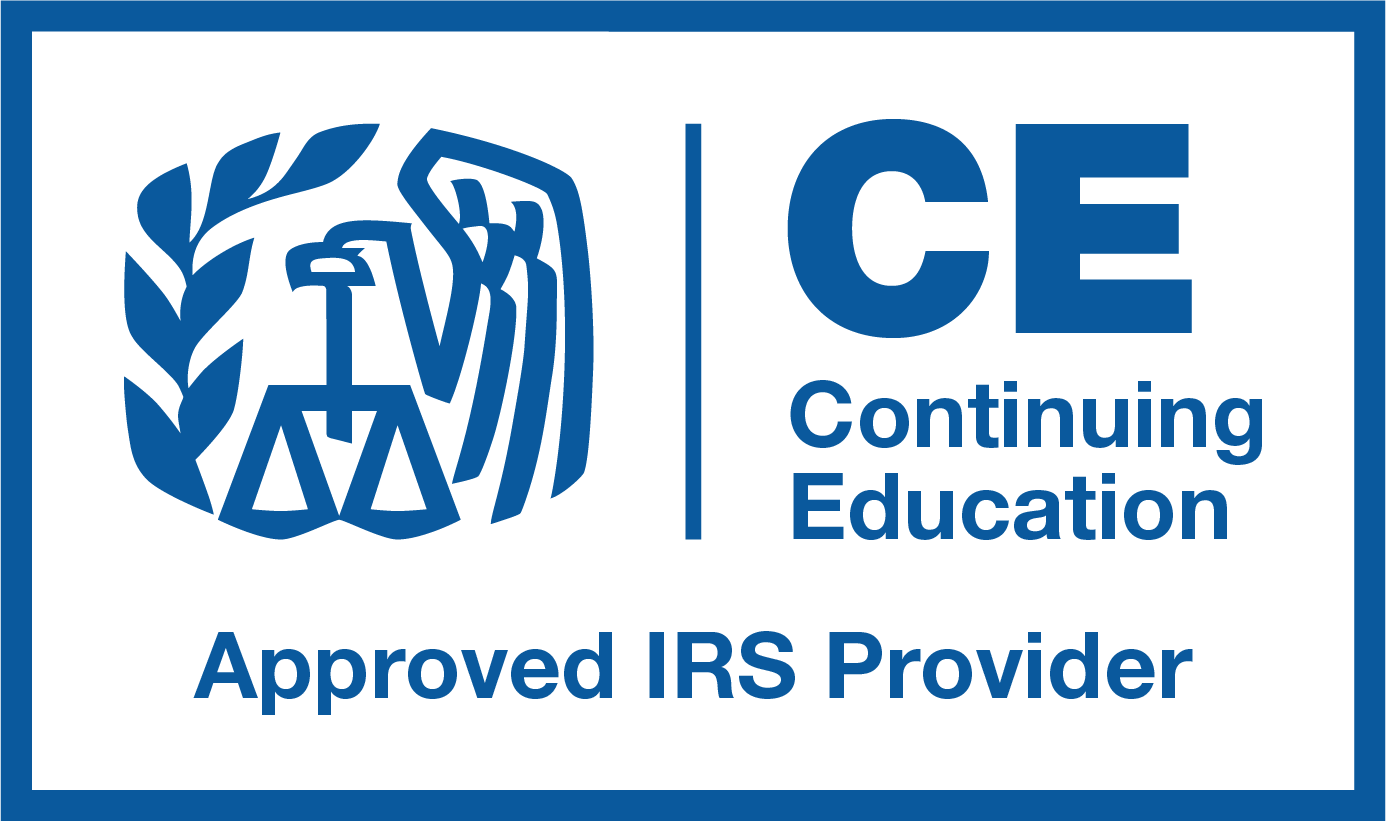For most soon-to-be-retirees, preparing for the workforce-to-home transition involves at least one meeting with a financial advisor to ensure one's nest egg will provide adequate financial support. But unless this advisor moonlights as a tax expert, retirees who don’t seek some tax-specific advice may find themselves unpleasantly surprised when April 15 rolls around. Read on for a quick primer on some of the tax changes your clients may appreciate knowing before they turn in their final two weeks’ notice.
Calculate Social Security Taxes
If your clients are counting on tax-free Social Security income to supplement their 401(k)s or IRAs, they’ll first want to compute their “combined income” to make sure their financial assumptions are correct. For the 2019 tax year, single taxpayers whose adjusted gross income (AGI) plus one-half of their Social Security benefit exceeds $25,000 may be taxed on up to half their benefits, while single taxpayers with a “combined income” exceeding $34,000 will pay taxes on up to 85 percent of their Social Security benefits.
Meanwhile, joint taxpayers who earn more than $32,000 will pay taxes on up to 50 percent of their Social Security benefits, while the 85 percent threshold begins at $44,000. Any portion of Social Security that is taxable will be taxed at the individual’s (or couple’s) marginal rate, so adjusting one’s withholdings (or making estimated tax payments) can help taxpayers avoid an unexpected tax bill or penalty.
Think About Required Minimum Distributions
New retirees may count themselves lucky if they’re able to wait years until they withdraw from their retirement accounts. But in many cases, it may be more tax-efficient to make periodic withdrawals before their required minimum distributions (RMDs) kick in at age 70.5.
RMDs are mandatory, not discretionary, and have the power to send retirees into a much higher tax bracket for the year. Because the amount of each year’s RMD is based on both the account balance and the account holder’s age, these distributions tend to start out large and get smaller each year. By taking out smaller withdrawals before age 70.5 and placing these funds in non-retirement accounts, retirees can minimize the tax impact of their required distributions and ensure that they get to keep as much of their nest egg as possible.
Although the federal tax laws will likely change (and change again) during a person’s retirement years, raising these (and other) issues with your clients before they retire can help them get into a tax-savvy mindset.
Source
http://www.spokesman.com/stories/2018/jun/17/nerd-wallet-beware-of-hidden-taxes-in-retirement/








